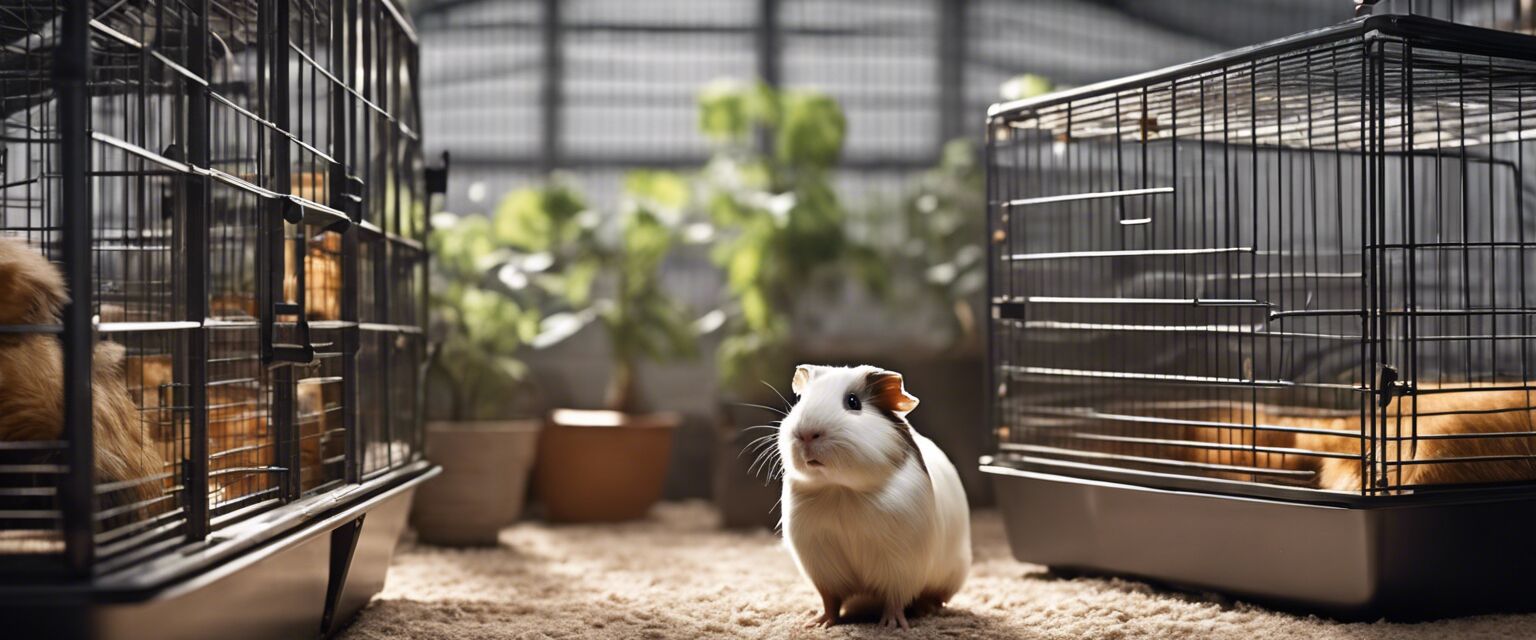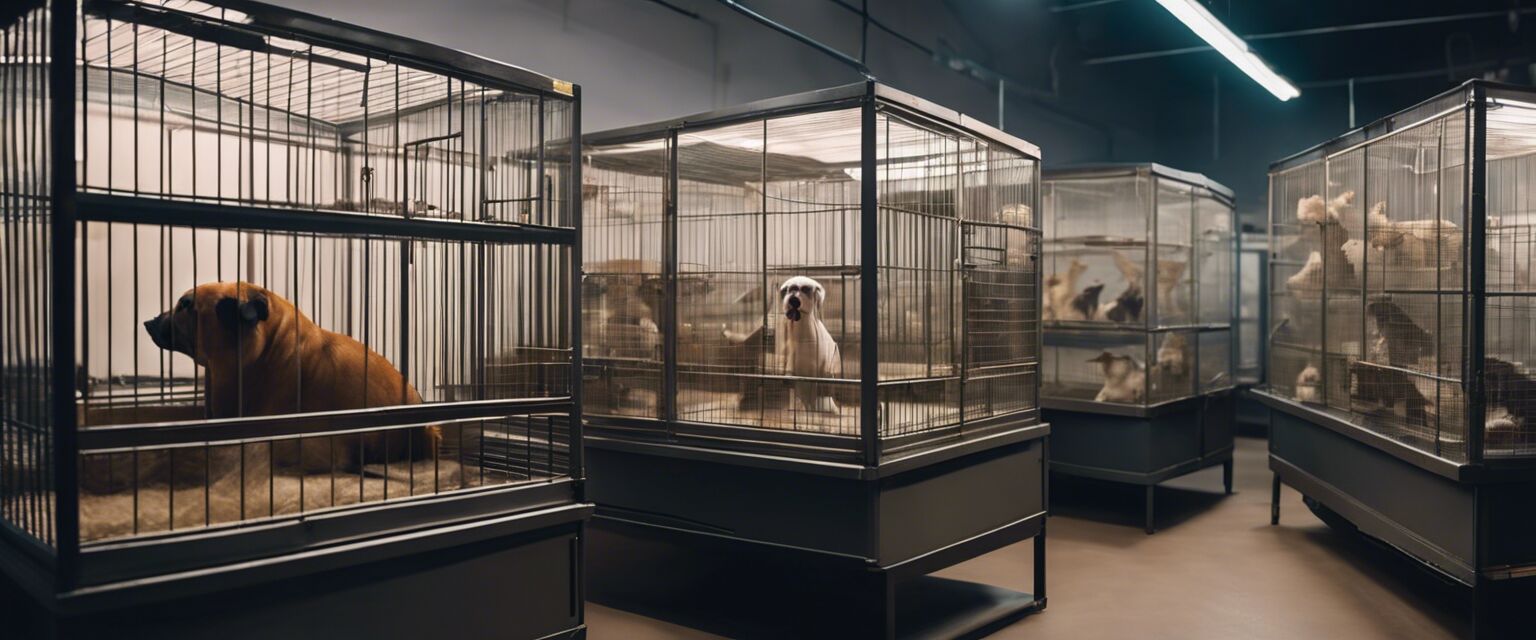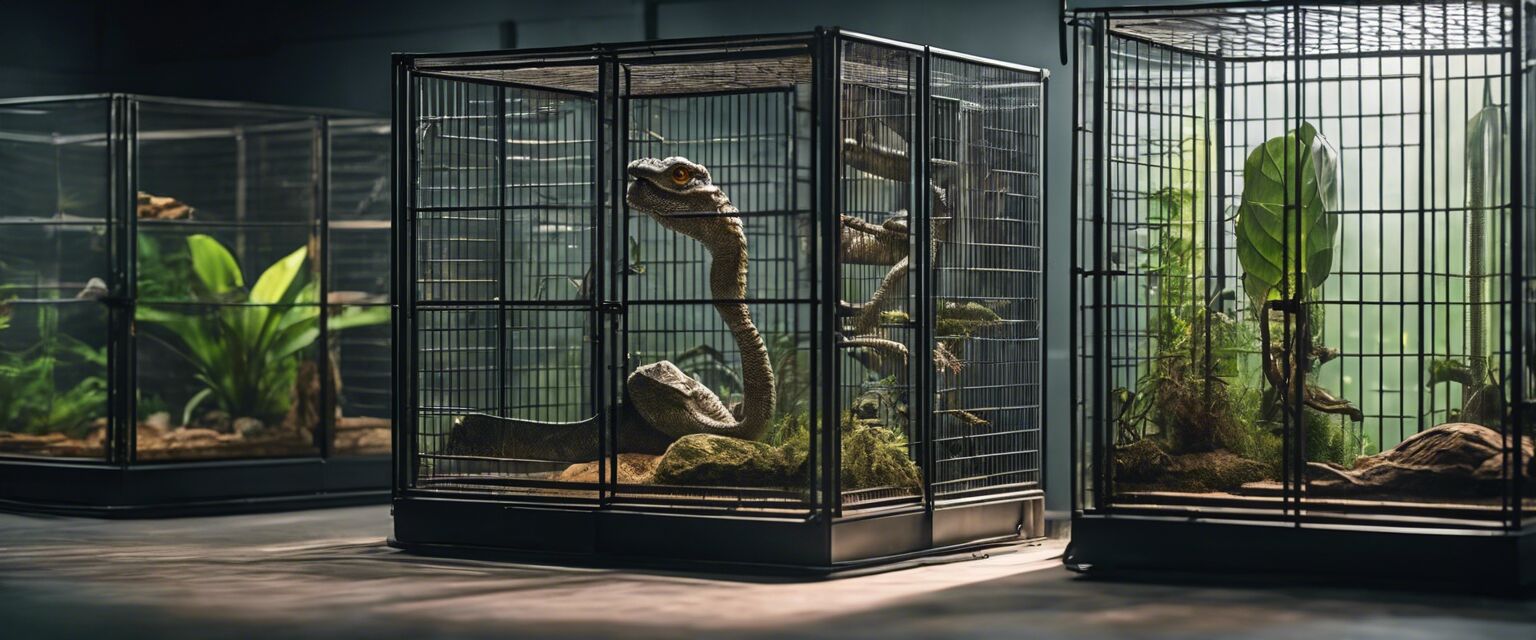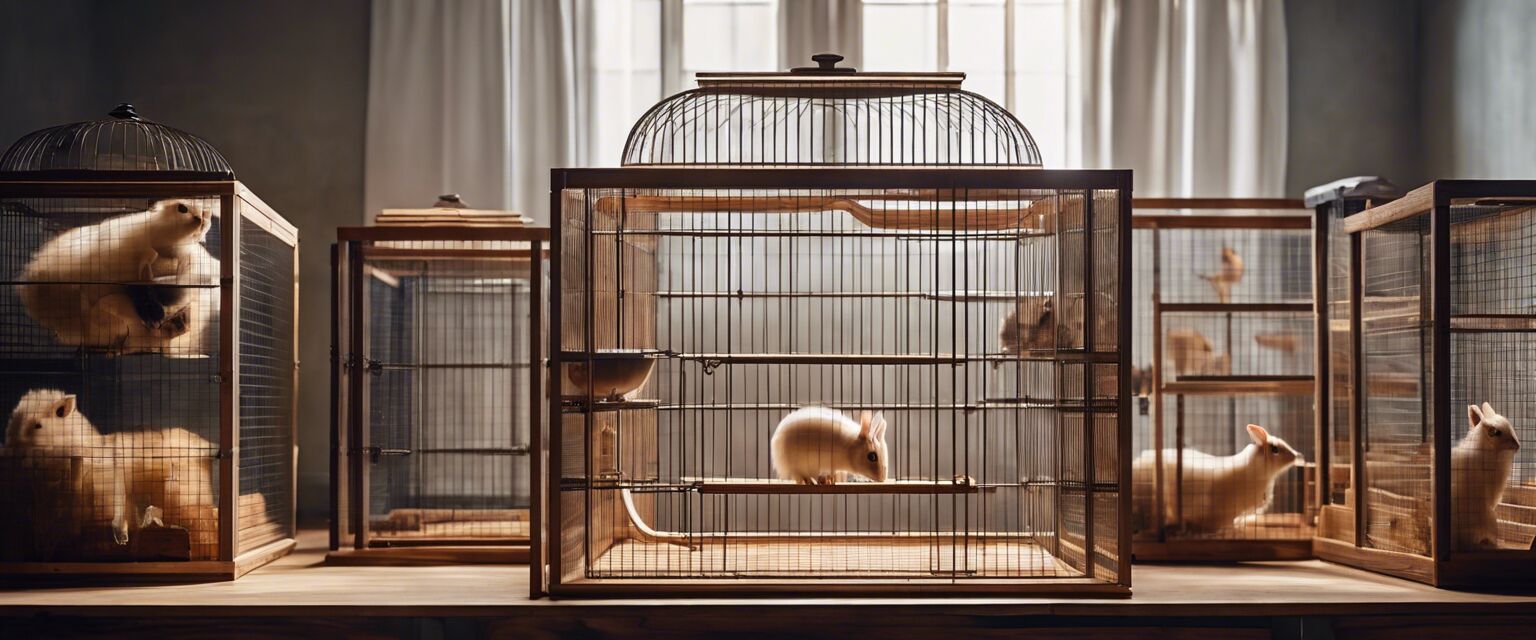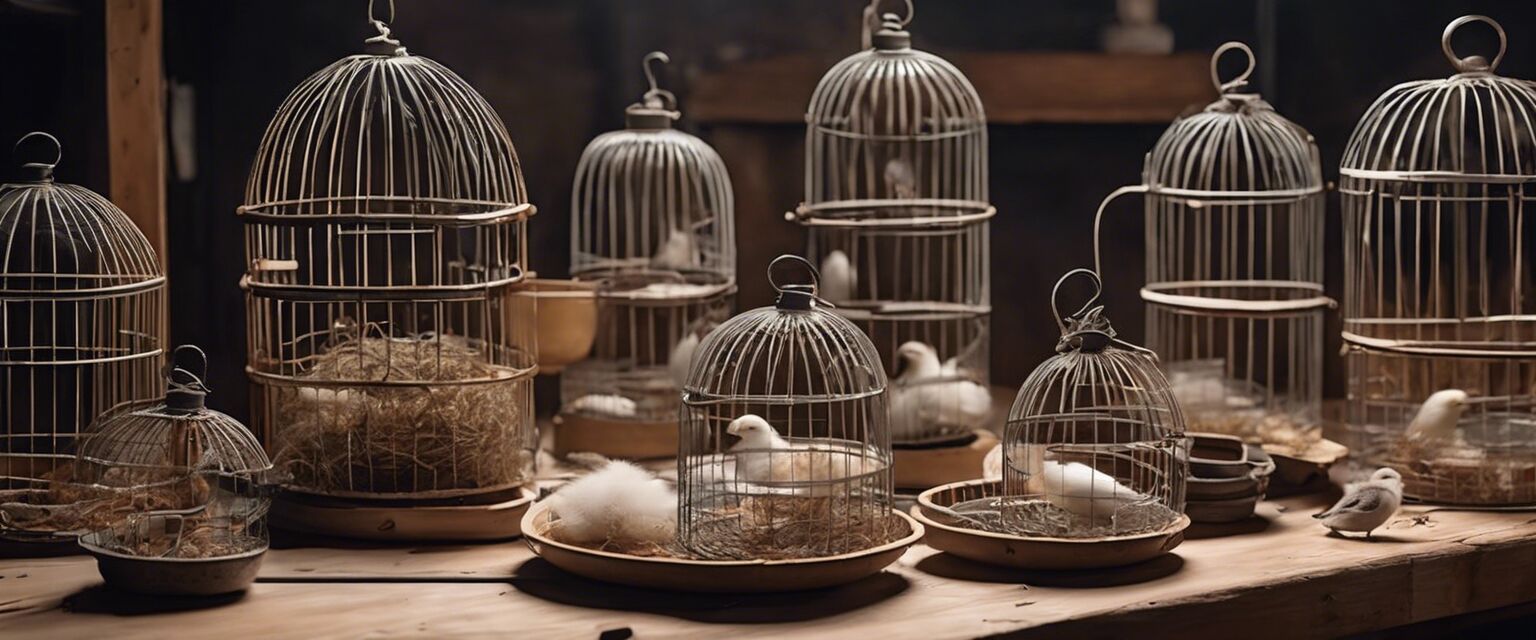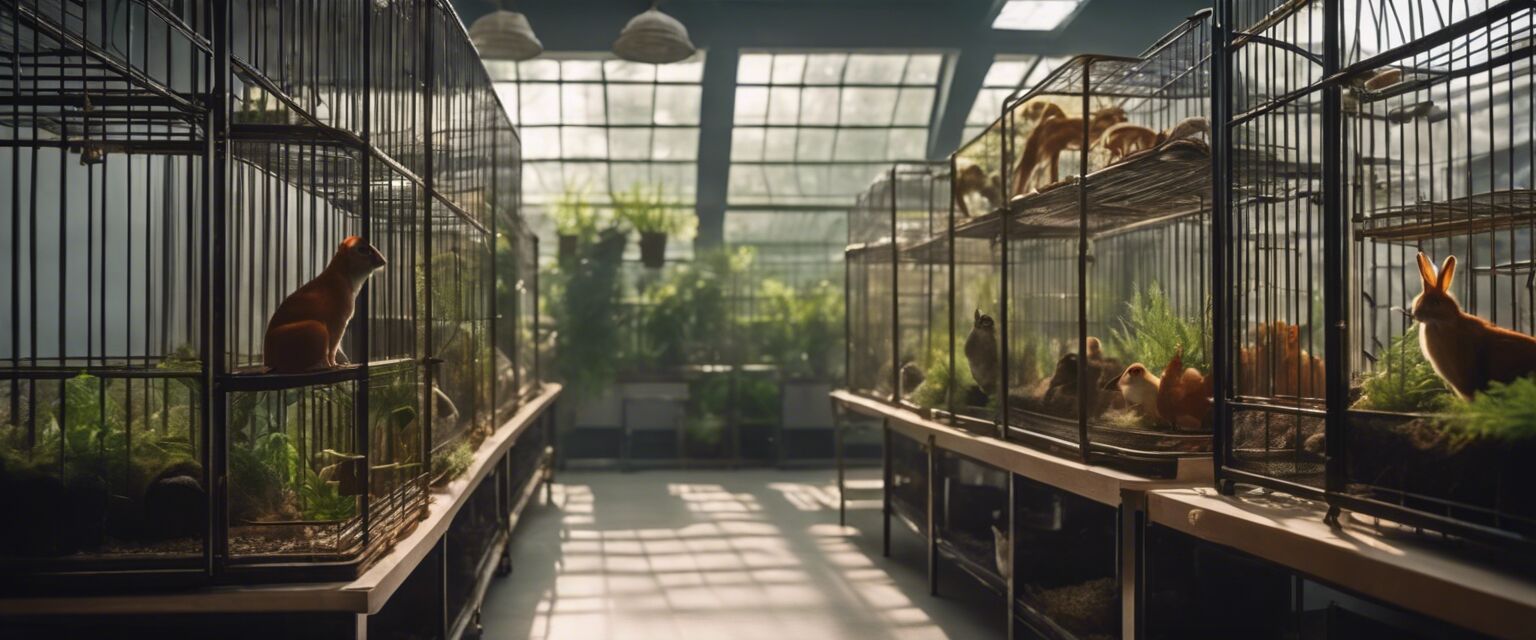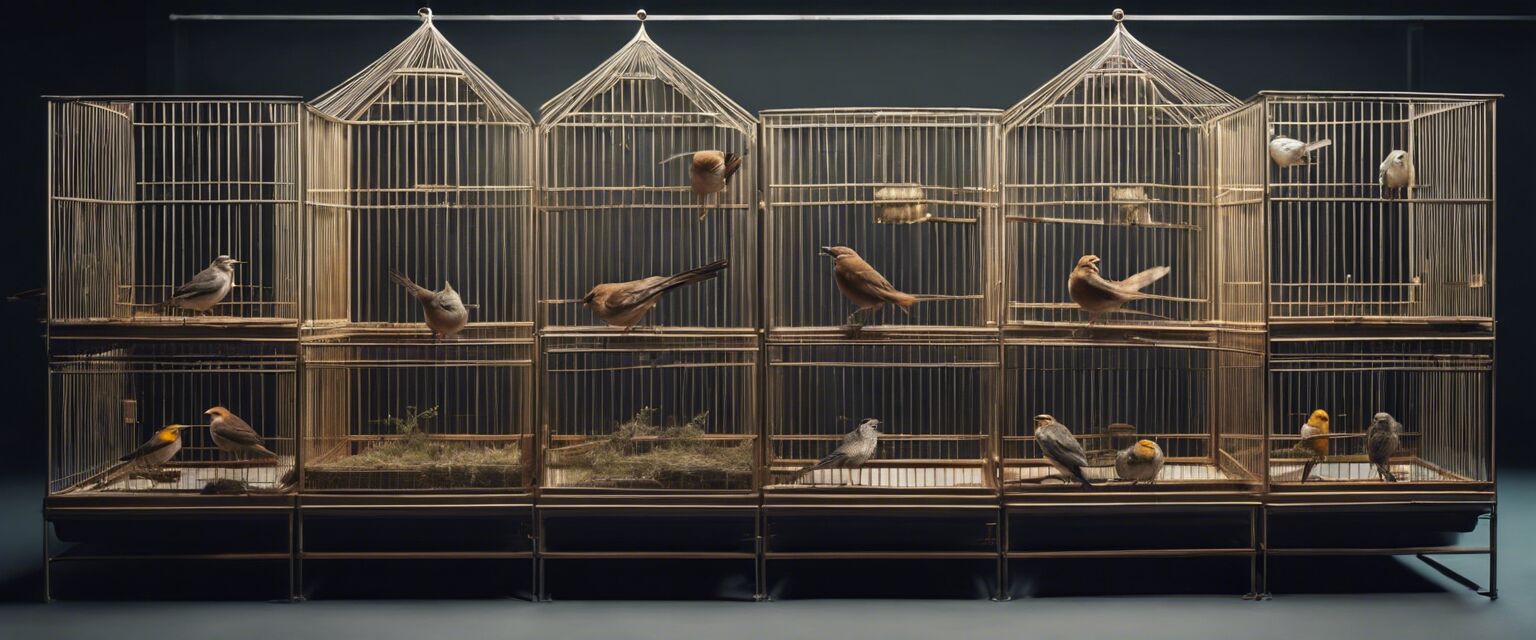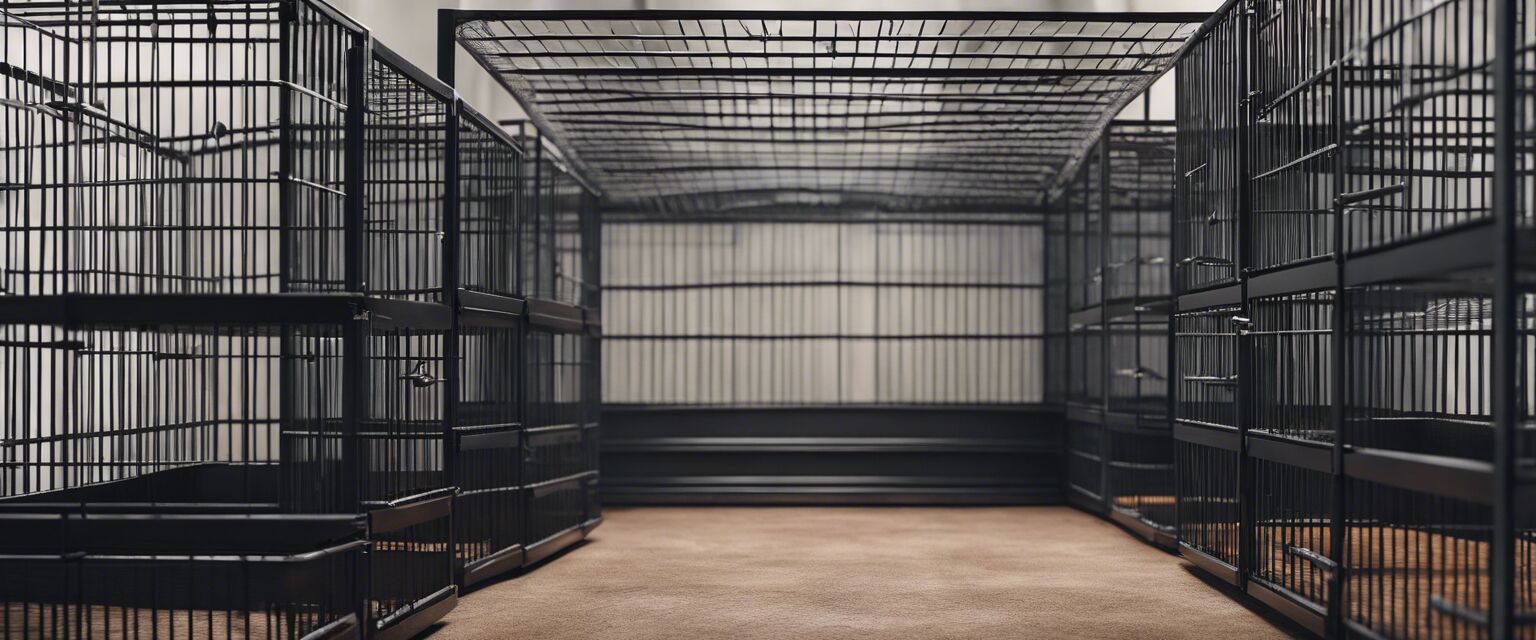
Cage Maintenance and Cleaning
Key Takeaways
- Regular cleaning is essential for the health of the animals.
- Use safe and non-toxic cleaning supplies.
- Develop a consistent maintenance schedule.
- Monitor the condition of cages to prolong their lifespan.
- Always sanitize equipment after use.
Maintaining and cleaning breeding cages is vital for the overall health and well-being of your animals. A clean environment not only ensures the animals thrive but also prevents the spread of diseases. In this guide, you'll find effective tips and best practices for keeping your cages in top condition.
The Importance of Cage Maintenance
Breeding cages can house a variety of animals, each with its own specific needs and potential health risks. Regular maintenance can help mitigate these risks, promoting a safe and healthy habitat. Some key benefits of proper cage maintenance include:
- Enhanced animal health and lifespan
- Reduction in odors and pests
- Improved infertility rates
- Elevated cleanliness and aesthetics
Cleaning Supplies You Will Need
Using the right cleaning supplies is crucial. Hereâs a list of essential items:
- Non-toxic disinfectants
- Scrubbing brushes
- Sponges and rags
- Water hose or bucket
- Gloves and masks
Step-by-Step Cage Cleaning Process
| Step | Description |
|---|---|
| 1. Remove animals | Carefully take the animals out and place them in a secure, temporary environment. |
| 2. Remove bedding | Discard soiled bedding in a waste bin. |
| 3. Scrub cage | Use a brush and appropriate cleaner to scrub all surfaces. |
| 4. Rinse thoroughly | Make sure to rinse all cleaning supplies off the surfaces. |
| 5. Replace bedding | Add fresh bedding suitable for the specific species. |
| 6. Reintroduce animals | Carefully place the animals back into their clean cage. |
Tips for Regular Maintenance
- Establish a weekly cleaning routine.
- Inspect cages for wear and tear regularly.
- Check feeding and watering systems for hygiene.
- Cover cages to reduce dust accumulation.
- Use a divider to separate cleaning tasks and monitor areas effectively.
Common Mistakes to Avoid
- Using harsh chemicals that may harm animals.
- Overlooking hidden areas where waste may accumulate.
- Neglecting to wash hands after handling animals or their cages.
- Skipping maintenance schedules due to busy schedules.
Cage Types and Specific Cleaning Recommendations
Different types of breeding cages require different care. Hereâs a comparison table summarizing cleaning tips for various types of breeding cages:
| Cage Type | Cleaning Frequency | Special Considerations |
|---|---|---|
| Bird Cages | Weekly | Use bird-safe disinfectants, clean perches and toys. |
| Reptile Enclosures | Bi-weekly | Ensure substrate is clean and maintain humidity levels. |
| Fish Tanks | Monthly | Change water regularly; avoid disturbing beneficial bacteria. |
| Small Animal Habitats | Weekly | Monitor bedding moisture; avoid high ammonia levels. |
Long-Term Care for Breeding Cages
In addition to regular cleaning, you should also consider maintenance tasks such as:
- Checking for rust or corrosion on metal parts.
- Repainting or resealing surfaces as needed.
- Examining locks and hinges for any issues.
Conclusion
Regular cage maintenance not only contributes to the well-being of the animals but also prolongs the life of your breeding setup. Consistent attention and care will make your breeding experience enjoyable and effective. For more information on specific types of breeding environments, check our sections on bird cages, reptile enclosures, and fish breeding tanks.
Pros
- Enhances animal health
- Improves living conditions
- Reduces odors
- Promotes longevity of equipment
Cons
- Time-consuming if not scheduled
- Costs associated with cleaning supplies
- Requires effort and diligence
